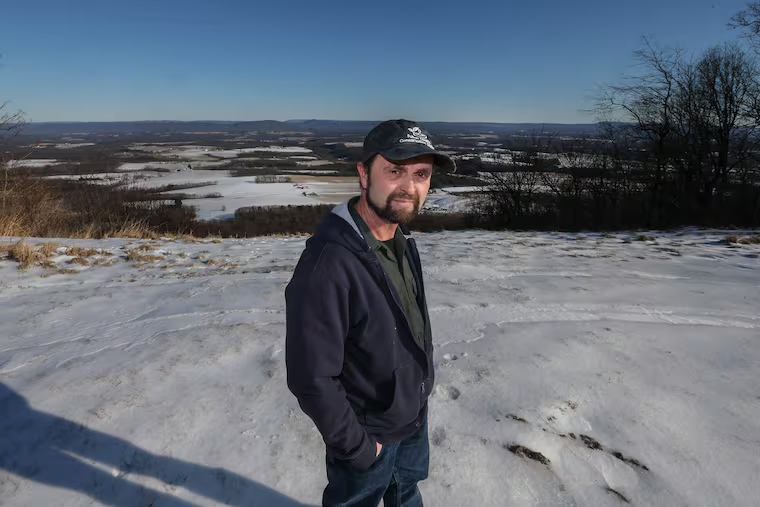What it’s like to be a Democrat in the reddest county in Pennsylvania
Fulton County is Trump country, the reddest of Pennsylvania’s 67 counties. And it has only gotten redder — except for Michael Purnell.

Fulton County is Trump country, the reddest of Pennsylvania’s 67 counties. And it has only gotten redder — except for Michael Purnell.
